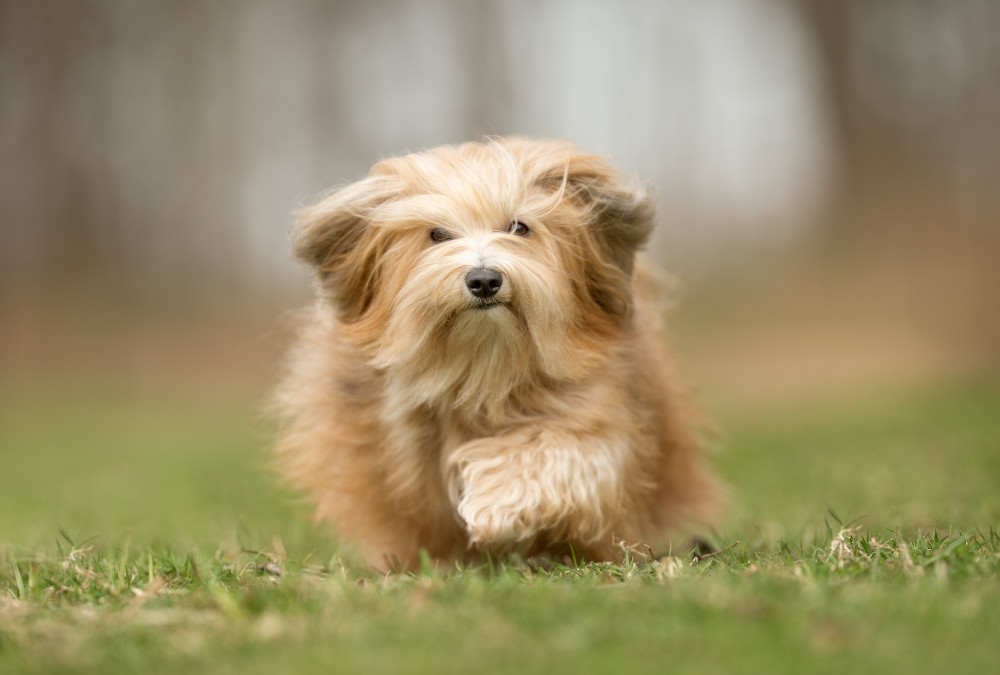Havanese

Havanese Overview
Havanese are glamorous looking dogs with a big heart. Havanese are small, sturdy little creatures who are highly adaptable—especially to city life. They are becoming quite popular with apartment dwellers.
The only dog native to Cuba, Havanese were lap dogs to the country’s elite set. (Their name comes from the Cuban capital, Havana.) They are part of the ancient Bichon Frise family of white puppers, likely including Maltese in their breeding history as well. It is probable that the Havanese enjoyed a 300 year history on the island, brought over either by Italian or Spanish coloniser. Havanese history swiftly turns in 1959 during the Cuban Revolution when many people fled to the United States, bringing their small companions with them. Havanese were given fresh life in the America, preserved and continually bred after their arrival.
Havanese—singular or plural—have a lush, silky coat that comes in a variety of colours. Like a Puli, Havanese can have their coat corded. Or they can simply have their mane cut and maintained. These pups are highly intelligent and social. They make great companions no matter the environment; family with children or a visitor in an elderly home. They are easily trainable and have a little bit of a comedic side to them, leaning on tricks for laughs and attention.
Did you know?
British author Charles Dickens once owned a Havanese named Tim.
Havanese Stats
Kid-Friendly
Good with other animals
Intelligent
Easy to train
Caring for your breed
Daily kibble serving
1-2 cups
Daily exercise
2 hours
Grooming frequency
Brush hair daily

Feeding your Havanese
Like many other small dogs, Havanese more easily gain weight if they are overfed. They require a proper, balanced diet. You should monitor their intake to ensure they are not eating more than they need. Avoid giving table-side human food rewards. Dog treats are always going to be a useful aid in training your Havanese but balance with activity, and make sure they have fresh water, too. It will go a long way in maintaining their health and happiness.